Christmas Island Red Crab Baby Bonanza of 2024: A Spectacular Natural Phenomenon
Related Articles: Christmas Island Red Crab Baby Bonanza of 2024: A Spectacular Natural Phenomenon
- Christmas Images Gingerbread 2024: A Sweet And Festive Delight
- Christmas Images No Color 2024: A Timeless Tradition
- Christmas Images Disney 2024: Capture The Magic Of The Holidays
- Christmas Island Red Crab: A Culinary Delicacy Or A Conservation Concern?
- Christmas Images Lights 2024: A Dazzling Guide To The Most Festive Displays
Introduction
With enthusiasm, let’s navigate through the intriguing topic related to Christmas Island Red Crab Baby Bonanza of 2024: A Spectacular Natural Phenomenon. Let’s weave interesting information and offer fresh perspectives to the readers.
Table of Content
Video about Christmas Island Red Crab Baby Bonanza of 2024: A Spectacular Natural Phenomenon
Christmas Island Red Crab Baby Bonanza of 2024: A Spectacular Natural Phenomenon
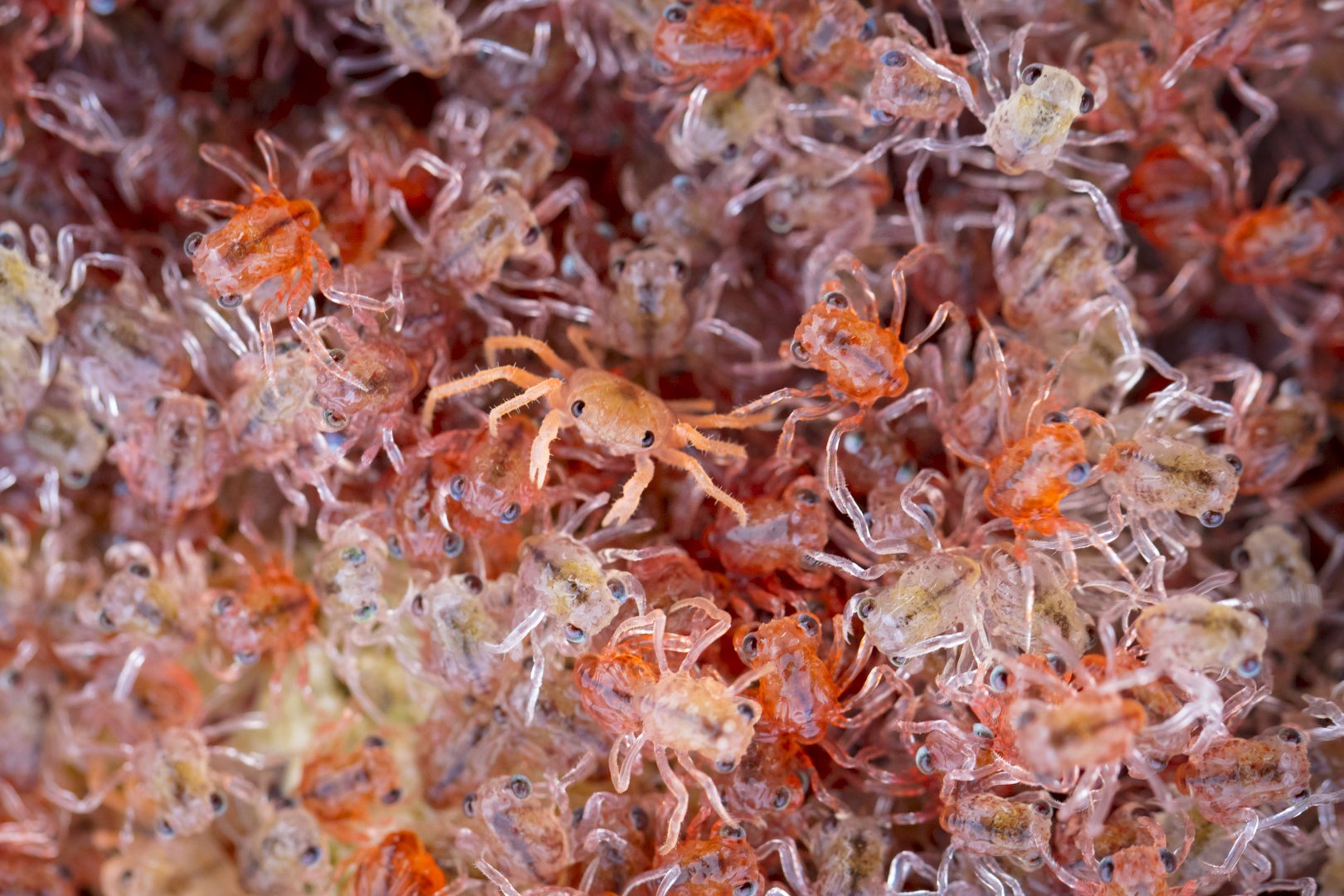
Every year, the tiny Christmas Island in the Indian Ocean becomes a living sea of crimson as millions of Christmas Island red crabs (Gecarcoidea natalis) embark on an epic migration to the ocean to spawn. This extraordinary spectacle, known as the red crab migration, is one of nature’s most awe-inspiring events.
The 2024 Migration: A Once-in-a-Lifetime Experience
The Christmas Island red crab migration typically occurs over a period of several weeks during the wet season, from October to December. However, the 2024 migration is expected to be particularly spectacular due to a combination of favorable environmental conditions and the island’s ongoing conservation efforts.
The heavy rainfall and lush vegetation in recent years have created an abundance of food for the crabs, resulting in a larger population size. Additionally, the island’s strict regulations on plastic pollution and habitat protection have significantly reduced threats to the crabs during their migration.
A Journey of Survival
The red crab migration is a perilous journey for these small crustaceans. They must navigate through dense forests, cross busy roads, and traverse treacherous cliffs to reach the ocean. Along the way, they face predators such as birds, lizards, and even other crabs.
But despite the dangers, the crabs are driven by an irresistible biological imperative to reproduce. The females release millions of eggs into the ocean, where they will hatch into larvae and drift with the currents.
A Symphony of Red
The sheer number of crabs involved in the migration is staggering. During peak migration, the island’s roads and beaches are completely covered in a carpet of red, creating an unforgettable sight. The crabs’ constant movement and the sound of their clicking claws create a mesmerizing symphony that echoes throughout the island.
A Natural Wonder Under Threat
While the Christmas Island red crab migration is a breathtaking natural spectacle, it is also a fragile one. The crabs are highly sensitive to changes in their environment, and human activities such as habitat destruction, pollution, and climate change pose significant threats to their survival.
The Australian government has implemented strict conservation measures to protect the crabs, including the establishment of national parks and the regulation of tourism. However, ongoing efforts are needed to ensure that this extraordinary natural phenomenon continues to thrive for generations to come.
Witnessing the Red Crab Migration: A Unique Opportunity
The Christmas Island red crab migration is a must-see event for nature enthusiasts and wildlife photographers. The 2024 migration is expected to be particularly spectacular, offering a once-in-a-lifetime opportunity to witness this incredible natural spectacle.
Conservation and Education
While it is important to minimize disturbance to the crabs during their migration, visitors are welcome to observe this extraordinary event from designated viewing areas. Guided tours are available to provide insights into the crabs’ behavior and the island’s conservation efforts.
By raising awareness about the Christmas Island red crab migration and supporting conservation initiatives, we can ensure that this natural wonder continues to inspire and amaze for years to come.
Additional Information for Visitors:
- The best time to visit Christmas Island for the red crab migration is from October to December.
- The migration typically occurs over a period of several weeks, but the peak migration can vary depending on environmental conditions.
- Visitors are advised to book their accommodation and flights well in advance, as the island is a popular tourist destination during the migration.
- It is important to follow the park regulations and designated viewing areas to minimize disturbance to the crabs.
- Visitors are encouraged to learn about the island’s conservation efforts and contribute to the protection of this unique ecosystem.

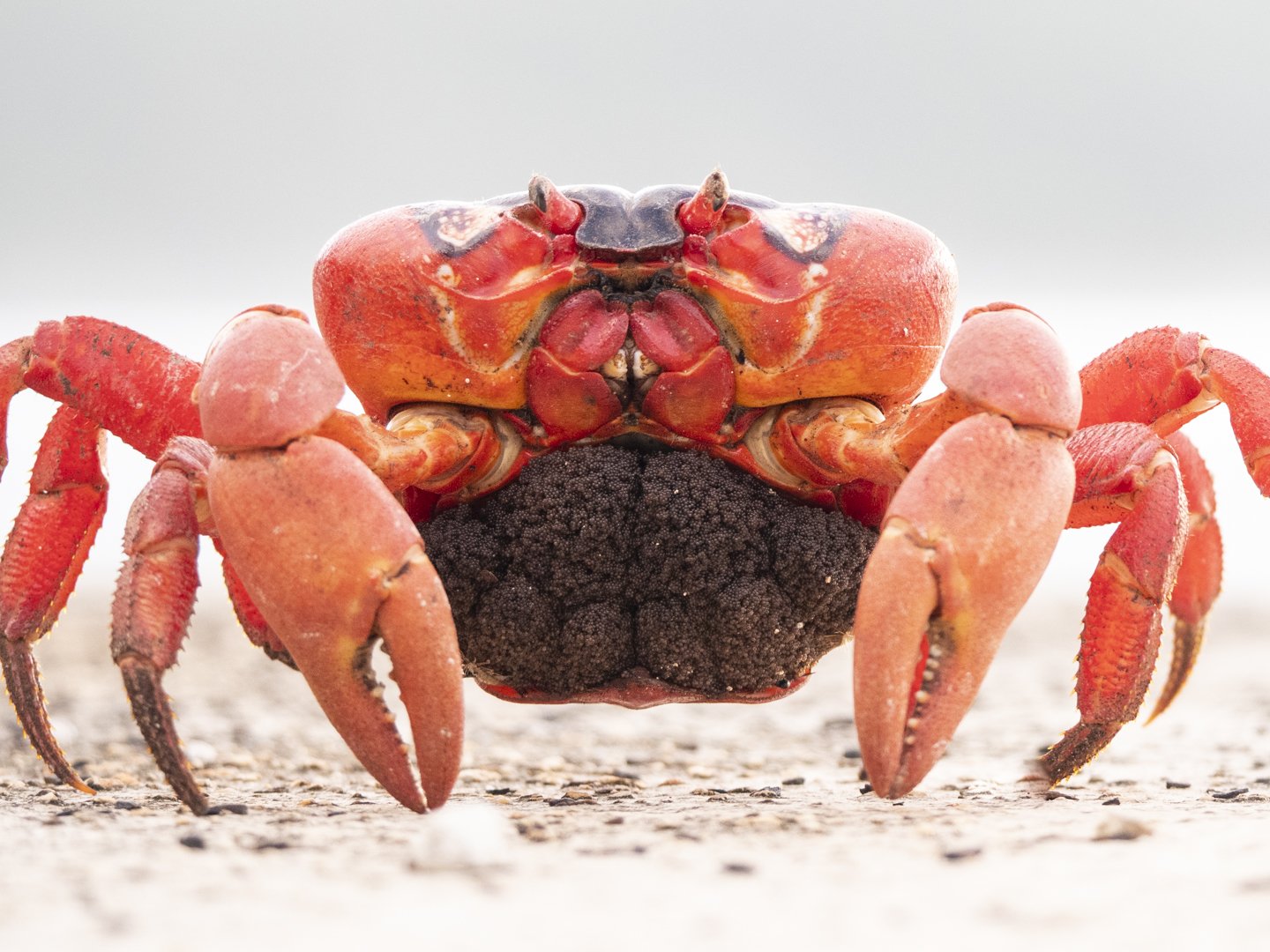

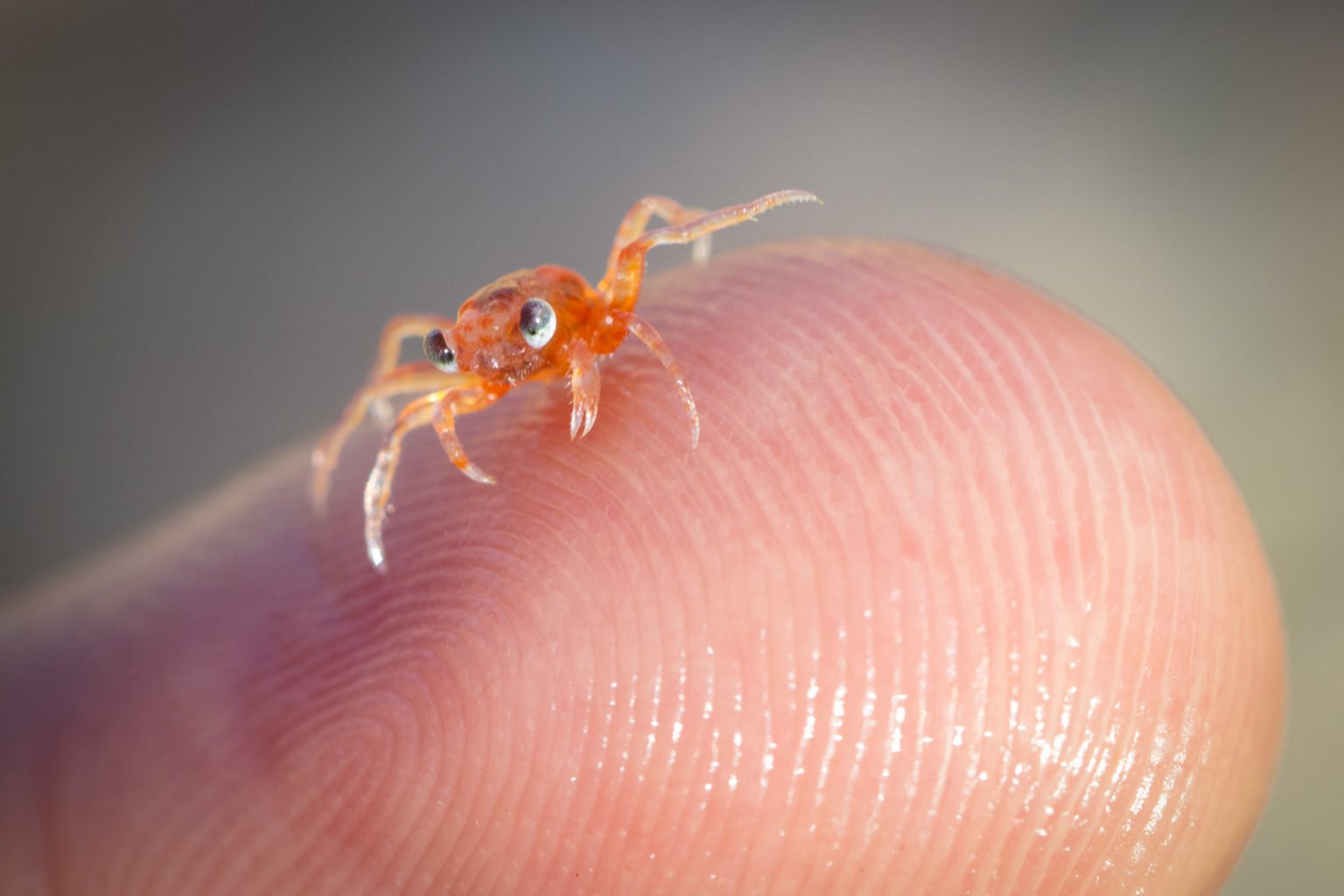
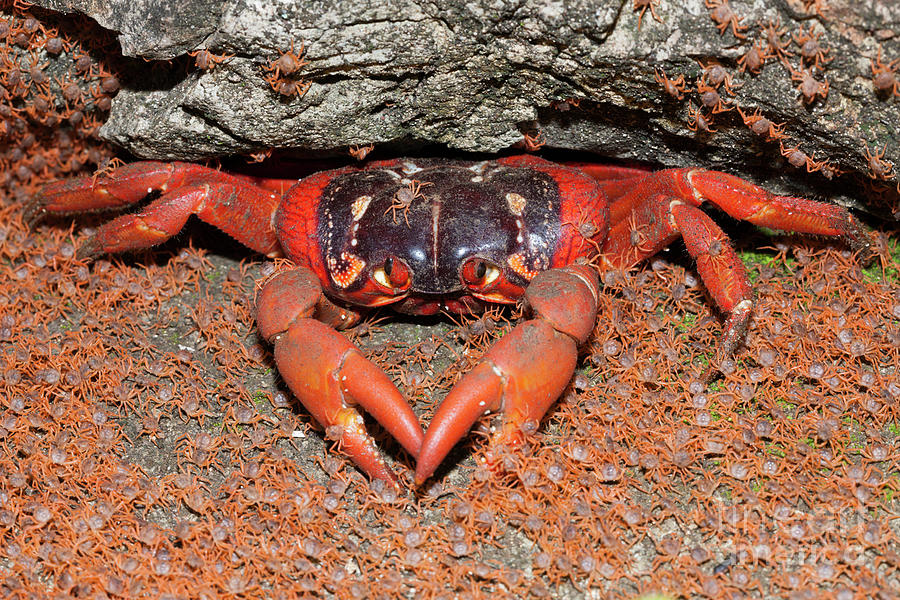
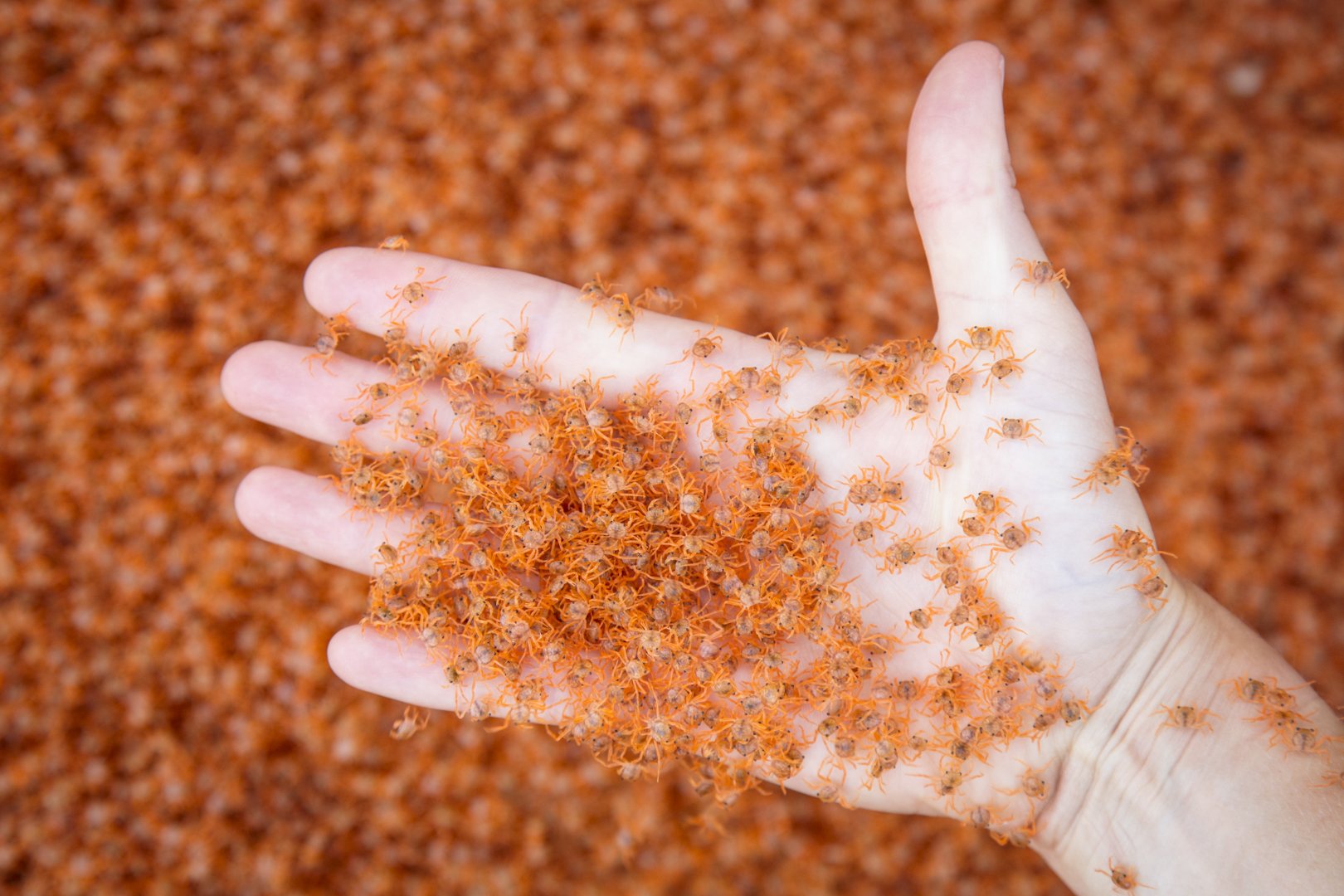

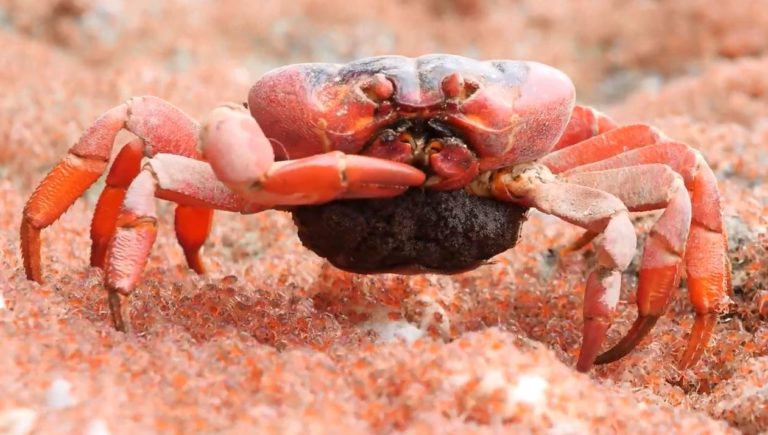
Closure
Thus, we hope this article has provided valuable insights into Christmas Island Red Crab Baby Bonanza of 2024: A Spectacular Natural Phenomenon. We thank you for taking the time to read this article. See you in our next article!
